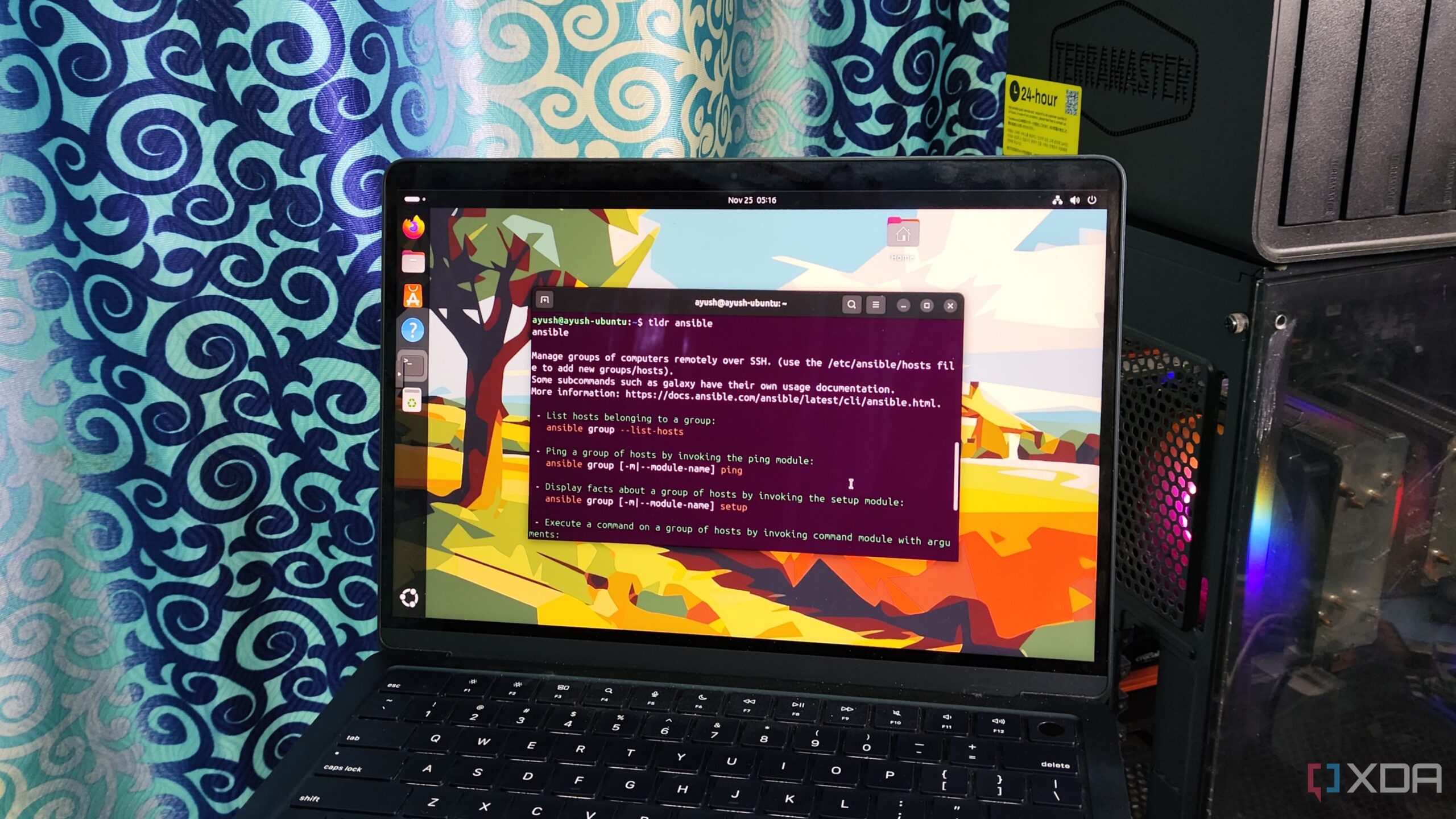Many users transitioning from Windows to Linux experience an initial fear of the command line interface (CLI). This fear can hinder productivity and exploration of the powerful tools available within Linux. For those looking to enhance their Linux experience, several terminal habits can significantly improve efficiency and ease of use.
Reusing Commands to Enhance Efficiency
A common frustration for Linux users is the need to repeatedly type commands. Fortunately, Linux offers several methods to streamline this process. The !! operator allows users to re-execute the last command, including those requiring sudo privileges. For instances where only an argument from the previous command is needed, the ! operator can be utilized. To view previously executed commands, the history command is invaluable, while the Ctrl+R shortcut enables users to search through command history efficiently.
Accessing Help with tldr
While the man command is a traditional way to access manuals for Linux utilities, it can often become overwhelming. The tldr (too long, didn’t read) package simplifies this process by summarizing key commands and options in a more digestible format. This is particularly useful for users who encounter new tools that lack graphical interfaces, allowing for quick reference without sifting through extensive documentation.
Combining commands can further enhance workflow. Using the ; operator lets users execute multiple commands in a single line, while the && operator runs subsequent commands only if the previous one succeeds. Conversely, the || operator is effective for troubleshooting, allowing users to execute commands based on the failure of preceding ones. Additionally, piping, represented by the | operator, enables the output of one command to serve as the input for another, creating streamlined command chains.
Efficient Troubleshooting with lsof
Even stable distributions like Debian can encounter issues such as faulty processes or broken packages. The lsof command proves essential for diagnosing these problems. It allows users to view crucial information like process IDs (PIDs) and network sockets, which can be particularly helpful when ensuring a port is available before deploying a container.
Managing file permissions also presents challenges for Linux users, especially those accustomed to different operating systems. The chmod command can be misused; for instance, applying chmod 777 to all files may resolve immediate access issues but compromises security. Instead, using permissions like chmod 755 or chmod 555 is advisable to prevent unintentional changes to critical system files.
Automating Tasks with Cron Scripts
Automation is a significant advantage of Linux, with cron scripts allowing users to schedule tasks with precision. These scripts enable routine activities such as backups, cache clearing, and service monitoring. Although the syntax can be complex, tools like cron expression evaluators help ensure that scripts run correctly.
For those prone to typographical errors, the caret operator (^typo^correct-expression) provides a simple solution for correcting mistakes in previously entered commands. Additionally, the chattr command can be used to make files immutable, offering another layer of security against unintended modifications.
These essential habits can enhance the Linux terminal experience, making users more efficient and confident in their command line interactions. As users continue to explore the capabilities of Linux, mastering these skills can lead to a more productive and enjoyable computing experience.
